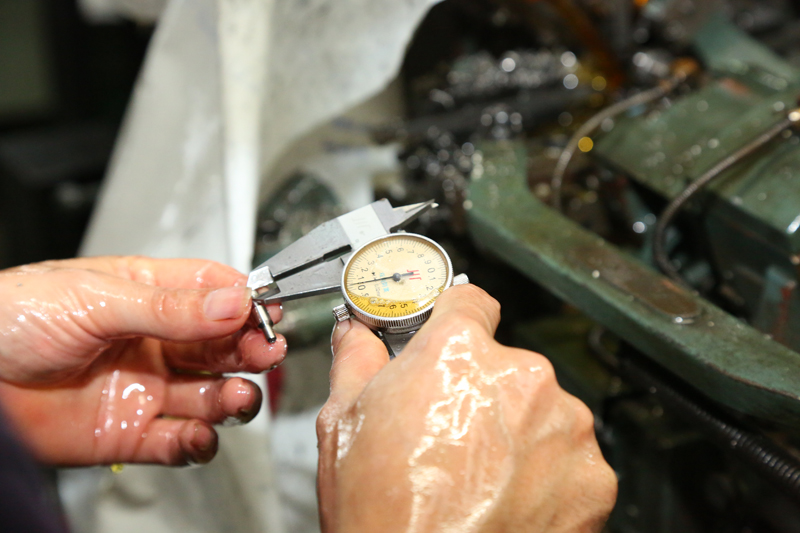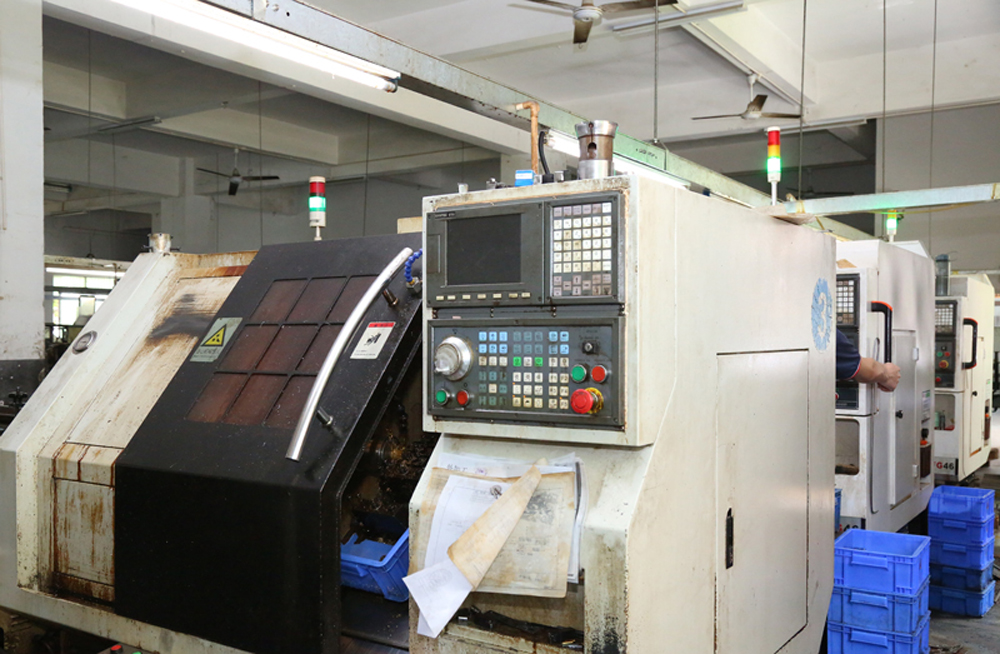In modern automotive manufacturing, turning processing, as an efficient and precise metal forming process, plays an indispensable role. It mainly uses lathes to cut rotating workpieces and is suitable for processing various revolving surfaces and threads. So, among the complex structures of automobiles, which parts are most suitable for turning processing?

Engine Components
First, the engine, the core of the automobile, has a large number of parts that rely on turning. For example, the crankshaft and camshaft, as key moving parts of the engine, require high-precision turning and grinding of their main journals, connecting rod journals, and cam profiles to ensure dimensional and geometric tolerances, ensuring the engine operates smoothly and efficiently. In addition, pistons, piston pins, and various valve seats are also typical representatives of turning processing. Their precision is directly related to the engine's sealing and power output.
Transmission System and Chassis Parts
Second, turning processing is also widely used in the transmission system and chassis. The gear blanks in the gearbox, drive shafts, half shafts, and bearing rings of various specifications all need to be formed by turning the outer circle, inner hole, and end face first, preparing for subsequent gear processing and heat treatment. Wheel hubs and brake discs (rotors) in the braking system are even "major users" of turning processing. They not only require precise dimensions but also have strict standards for dynamic balance and surface quality, which turning technology can perfectly meet.

Fasteners and Connectors
Finally, some seemingly simple but crucial connectors are also inseparable from turning. For example, steering tie rod joints, various bolts, studs, and other threaded fasteners. Most of their threaded structures are manufactured by turning or rolling, ensuring the reliability and safety of the connection of various automotive components.
In summary, from the power assembly to the running system, a large number of metal parts involving revolving structures in automobiles are very suitable for turning processing. It is precisely because of the high precision, high efficiency, and excellent surface quality brought by turning technology that a solid manufacturing foundation is laid for the excellent performance, reliability, and safety of modern automobiles. It can be said that turning processing is one of the core manufacturing technologies driving the rapid development of the automotive industry.